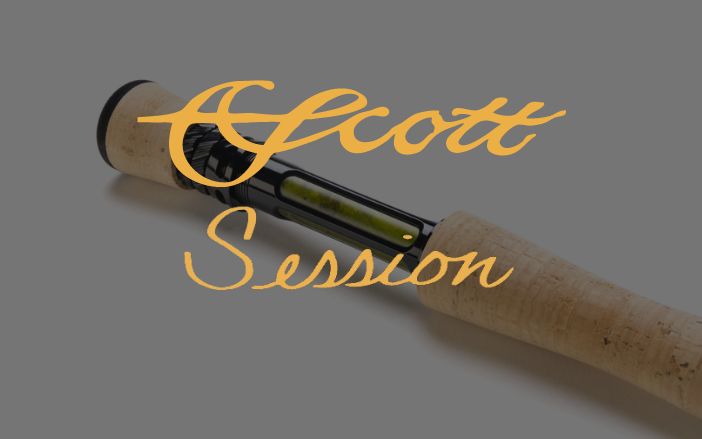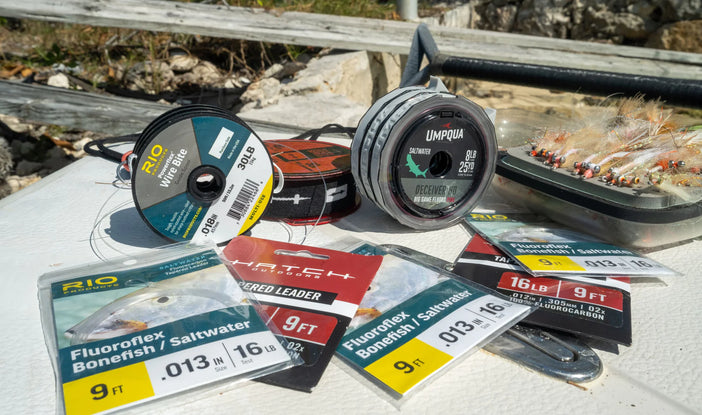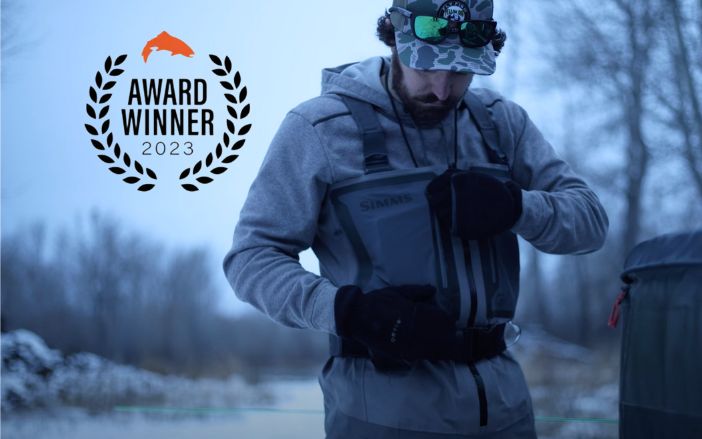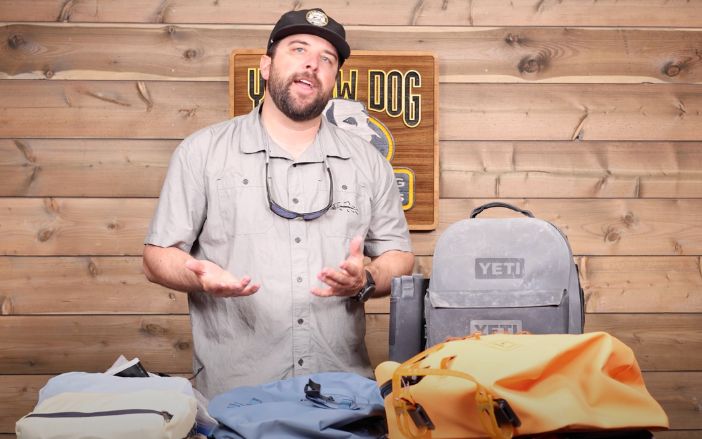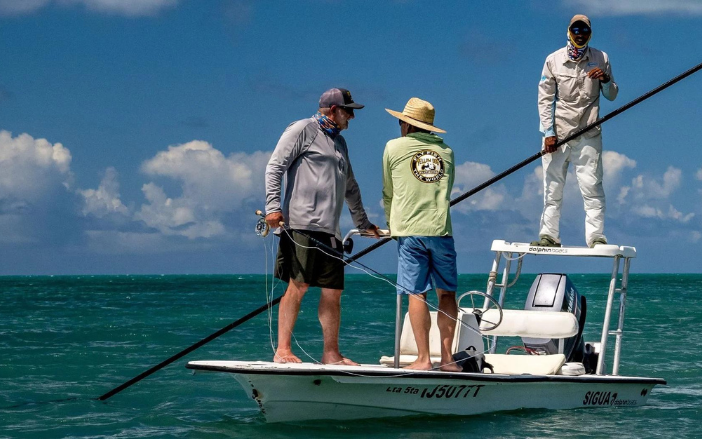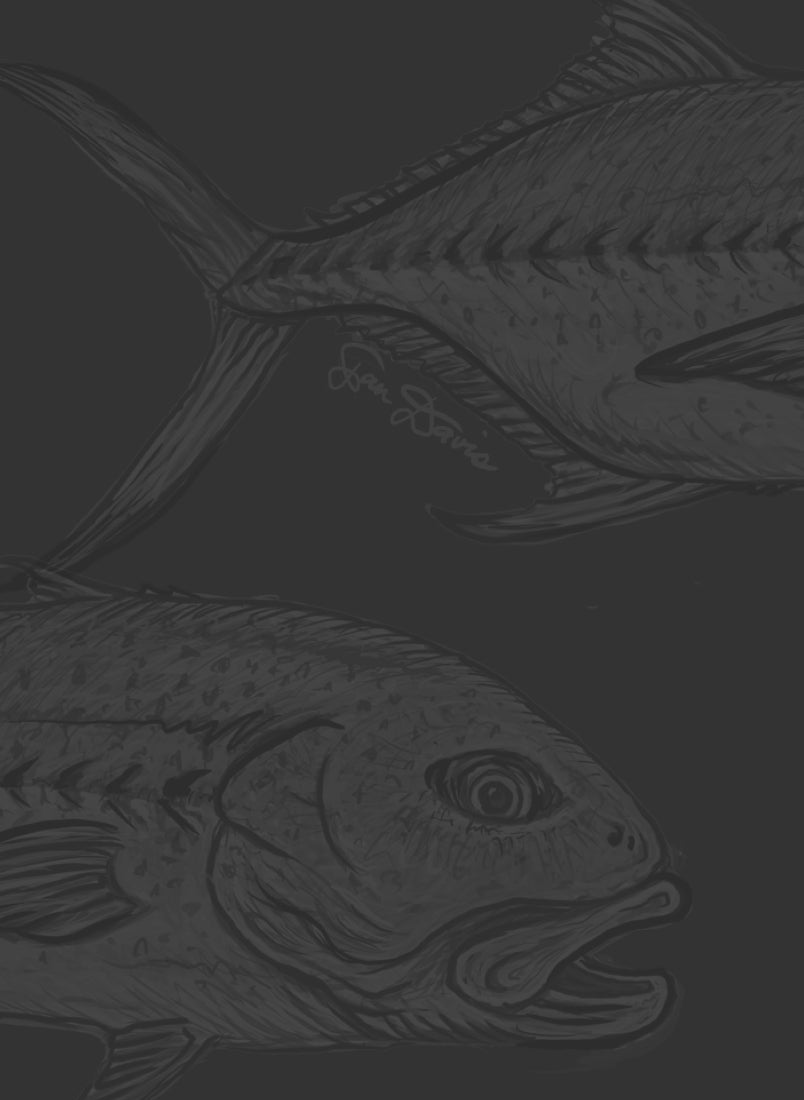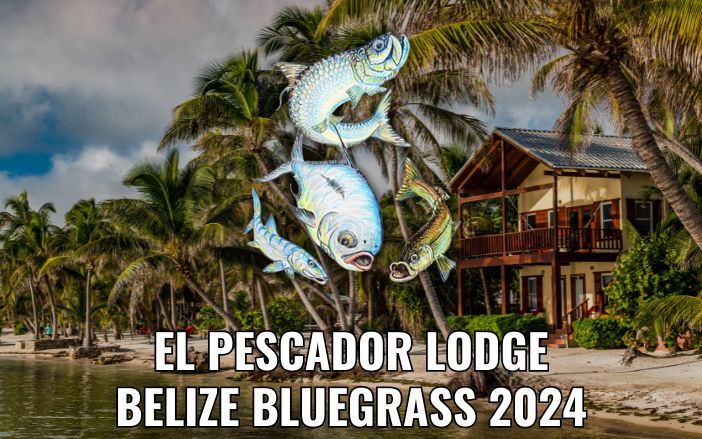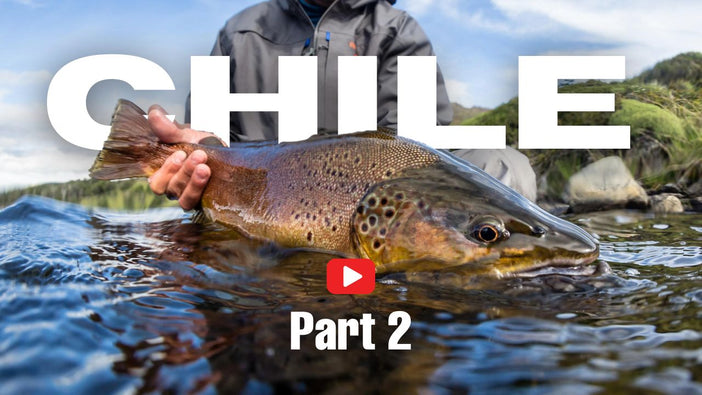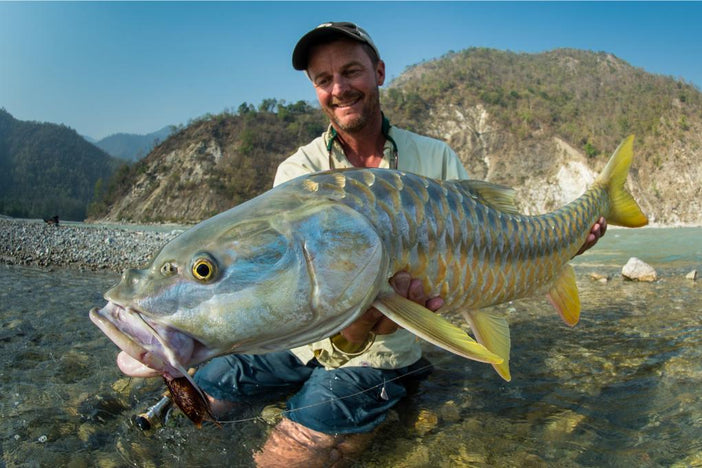LOOKING FOR THE "PERFECT WEEK" FOR YOUR NEXT SALTWATER TRIP?
The link below displays the approximate Moon phases for any given month – both now and well into the future! (This can be especially helpful when planning a saltwater trip.) For official phase times and dates for all seasons and any month, log on and enter the timeframe you are interested in (both the month and the year). Read more about tides and fly fishing here.
+ Listen to this WAYPOINTS Podcast: ALEC GERBEC - Understanding and Explaining Tides for the Saltwater Angler
Spring Tides
When the moon is full or new, the gravitational pull of the moon and sun are combined. At these times, the high tides are very high and the low tides are very low. This is known as a spring high tide. Spring tides are especially strong tides (they do not have anything to do with the season Spring). They occur when the Earth, the Sun, and the Moon are in a line. The gravitational forces of the Moon and the Sun both contribute to the tides. Spring tides occur during the full moon and the new moon.
Neap Tides
During the moon's quarter phases the sun and moon work at right angles, causing the bulges to cancel each other. The result is a smaller difference between high and low tides and is known as a neap tide. Neap tides are especially weak tides. They occur when the gravitational forces of the Moon and the Sun are perpendicular to one another (with respect to the Earth). Neap tides occur during quarter moons.
The moon is a point of contention for many anglers. Moon phases can affect fish behavior and therefore your fishing experience. In an old-but-good article from John Merwin on Field & Stream, the author address his thoughts on the celestial paradigm as relates to fishing:
“Some anglers study this obsessively and wouldn’t dream of fishing (or hunting) without first consulting the Solunar Tables. I don’t, at least not usually, because I think the best time to go fishing is whenever you’re able to go. Period.
Then again, sometimes I pay attention. I know that the spring spawning activity of various freshwater bass and sunfish tends to peak around a full moon. And the moon, of course, affects the ocean tides. So when I’m going surfcasting, I’ll look for the dates of a new moon when tides will be highest and the nights will be darkest. The bright light of a full moon, on the other hand, has often seemed to kill my night-fishing luck despite the corollary high tides.
In the tropics, I’ve had numerous old-time Bahamian bonefish guides tell me to avoid the interval of 4 days on either side of a full moon when scheduling a trip. When I’ve fished the flats within that interval, the daytime bonefish have seemed unusually skittish, maybe because they’ve been feeding by moonlight on the night before. I just plain don’t know.
There is no end to various indicators of “best times” to hunt and/or fish based partly on the moon phase.






